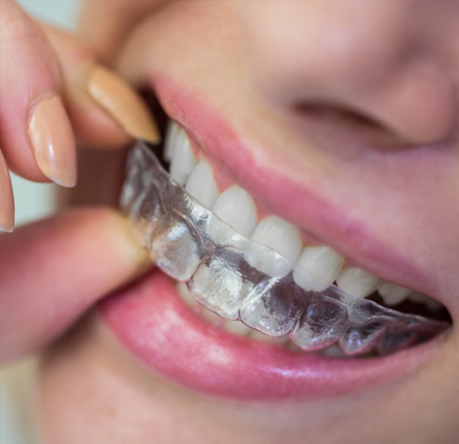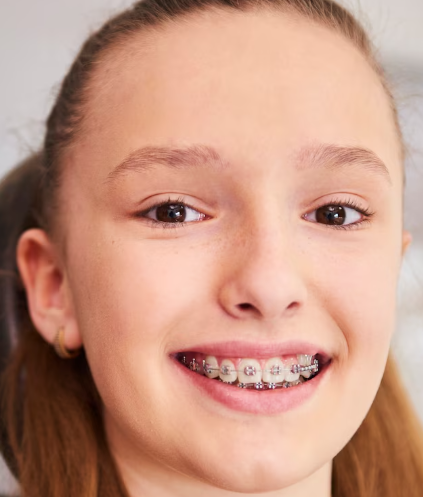Treatment Overview
Canthoplasty is a surgical procedure that reshapes or reconstructs the canthus (the outer or inner corner of the eye) by cutting and repositioning the canthal tendon. Unlike canthopexy, which simply tightens the tendon with sutures, canthoplasty involves more structural modification, making it suitable for patients who want noticeable changes in eye shape, size, or correction of functional eyelid problems.
In Korea, canthoplasty is one of the most sought-after cosmetic eyelid surgeries, especially among patients who want larger, brighter, and more defined eyes. Korean plastic surgeons are globally recognized for their advanced techniques in creating natural, balanced eye shapes while maintaining harmony with facial features.
Purpose & Benefits
- Reshapes the eye for a larger and more open appearance
- Corrects drooping or sagging outer eye corners
- Enhances symmetry between the left and right eyes
- Improves functionality for patients with eyelid malposition (e.g., ectropion or entropion)
- Can elongate the eyes horizontally (lateral canthoplasty) or open the inner corners (medial/epicanthoplasty)
- Creates a more youthful and refreshed appearance
Ideal Candidates
- Individuals with small or narrow eyes who want a bigger, more open look
- Patients with naturally downward-slanting outer eye corners
- Those with functional issues such as eyelid laxity or malposition
- Patients seeking revision after previous eyelid surgery
- Individuals with asymmetrical eye shapes or proportions
- People wanting to achieve a softer, brighter, or more balanced eye aesthetic
Possible Risks & Complications
- Temporary swelling and bruising
- Dry eyes or irritation
- Asymmetry in healing
- Visible scarring (rare with Korean scar-minimizing techniques)
- Overcorrection leading to an unnatural look
- Rarely, recurrence of eyelid laxity requiring revision surgery
Surgical Techniques Used in Korea
Korean surgeons are leaders in advanced canthoplasty methods, focusing on both functional and cosmetic results. Common techniques include:
- Lateral Canthoplasty: Enlarges and lifts the outer corners of the eyes.
- Medial Canthoplasty (Epicanthoplasty): Removes or reshapes the epicanthal fold to open the inner corners.
- Z-Epicanthoplasty: A specialized Korean method to minimize scarring while refining the inner eye corner.
- Customized Vector Adjustment: Adjusting the angle of the tendon to maintain natural eye proportions.
- Combination Surgeries: Canthoplasty is often performed with blepharoplasty, ptosis correction, or fat repositioning for optimal results.
- Minimal-Incision Methods: Techniques designed to hide scars within natural eyelid folds.
Recovery & Aftercare
- Mild swelling and bruising typically last 1–2 weeks.
- Stitches are removed within 5–7 days.
- Avoid strenuous activity and eye rubbing for at least 2 weeks.
- Use prescribed ointments and cold compresses to speed recovery.
- Most patients return to normal routines in 7–10 days, with final results visible after 1–3 months.
Results & Longevity
- Larger, brighter, and more youthful eyes
- Improved eyelid structure and stability
- Balanced symmetry and harmonious facial proportions
- Long-lasting effects, often permanent if performed by skilled surgeons
- High patient satisfaction due to natural-looking results in Korea
Treatment Process in Korea
Korea is globally recognized as a leader in eye surgery, and canthoplasty is among its most advanced specialties. The treatment process includes:
- Detailed Consultation: Surgeons use 3D imaging and eye-shape analysis to design the ideal canthal correction.
- Tailored Approach: Korean doctors consider ethnicity, facial proportions, and patient goals for customized outcomes.
- Combination Enhancements: Canthoplasty is frequently combined with double eyelid surgery, fat repositioning, or ptosis correction.
- Scar-Minimizing Techniques: Z-epicanthoplasty and hidden-incision methods reduce visible scars.
- Global Standards of Care: International patients benefit from translation services, recovery assistance, and follow-up support.
- Aesthetic Philosophy: Korean surgeons focus on subtle enhancement that looks natural, avoiding an overly dramatic or artificial appearance.
Cost Range in Korea
The cost of canthoplasty in Korea varies depending on whether it is performed as a single procedure or combined with other eyelid surgeries.
- Standalone Canthoplasty (Lateral or Medial): ₩2,500,000 – ₩5,000,000 KRW ($1,900 – $3,900 USD)
- Combination with Blepharoplasty: ₩5,000,000 – ₩8,000,000 KRW ($3,900 – $6,200 USD)
- Complex or Revision Cases: ₩7,000,000 – ₩12,000,000 KRW ($5,400 – $9,300 USD)
Compared to Western countries where costs often exceed $8,000–$15,000, Korea offers highly competitive pricing with world-class expertise.
Popular Clinics in Korea
- ID Hospital: Famous for advanced eye and facial contouring surgeries.
- Banobagi Plastic Surgery: Known for natural and harmonious eye results.
- View Plastic Surgery: Offers a wide range of canthoplasty procedures with high success rates.
- Regen Plastic Surgery: Specializes in scar-minimizing techniques like Z-epicanthoplasty.
- JW Plastic Surgery: Internationally renowned for revision eyelid and canthal surgeries.
Summary
Canthoplasty in Korea is a highly effective procedure for reshaping the eyes, whether for cosmetic enhancement or functional correction. With cutting-edge surgical techniques, natural results, and affordable costs compared to other countries, Korea remains one of the top global destinations for canthoplasty. Patients from around the world trust Korean surgeons for their precision, artistry, and ability to create youthful, harmonious eyes.




